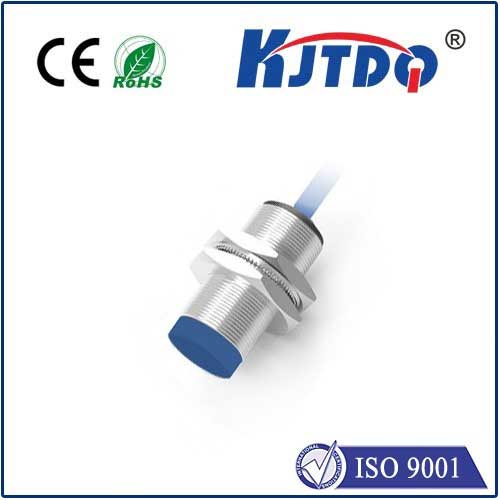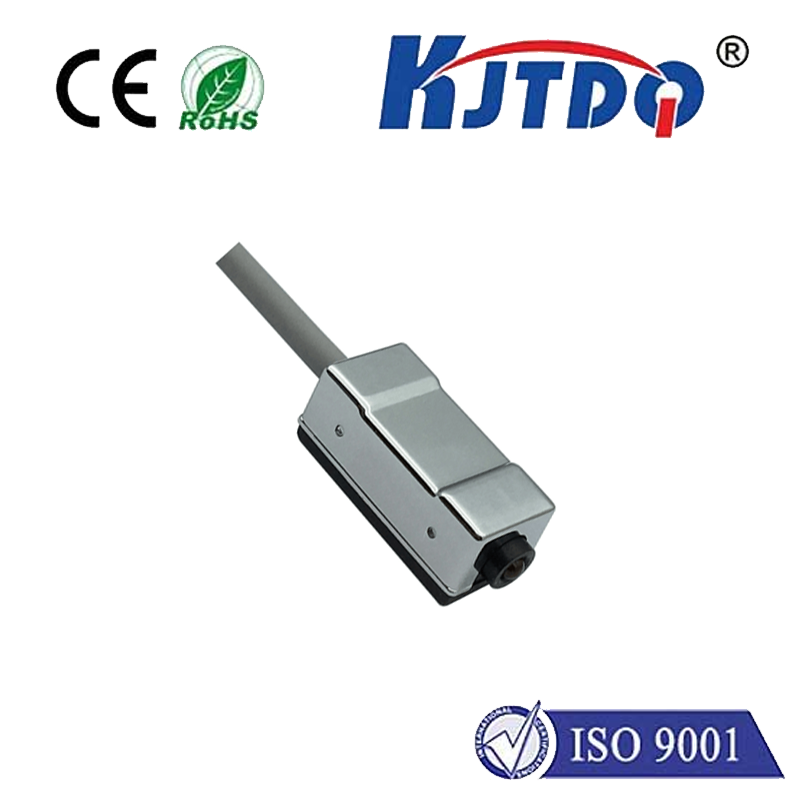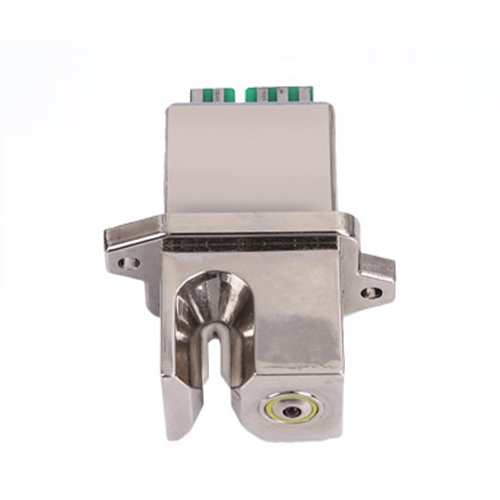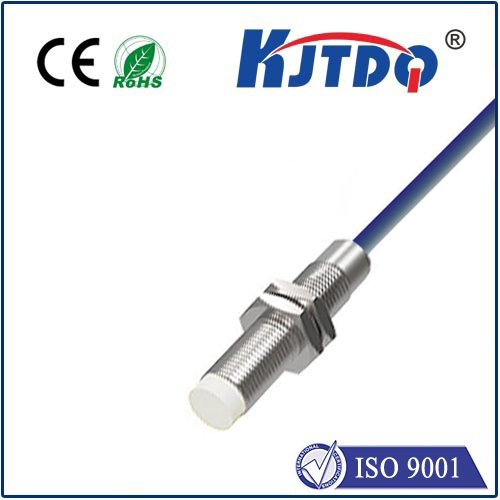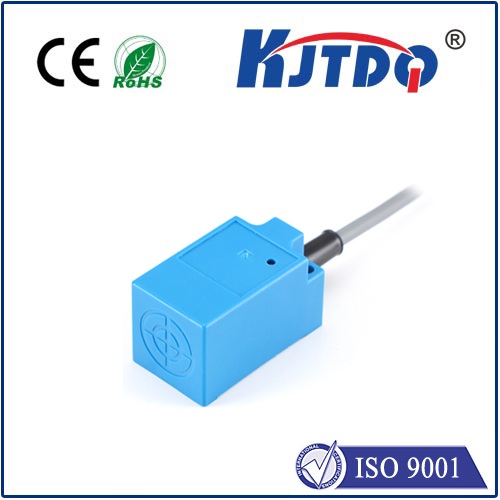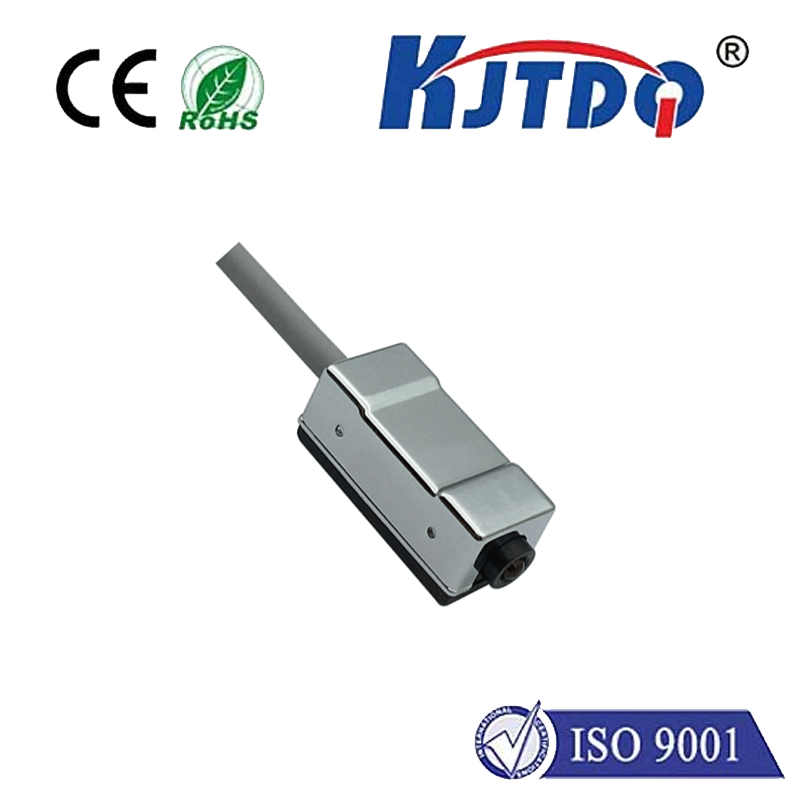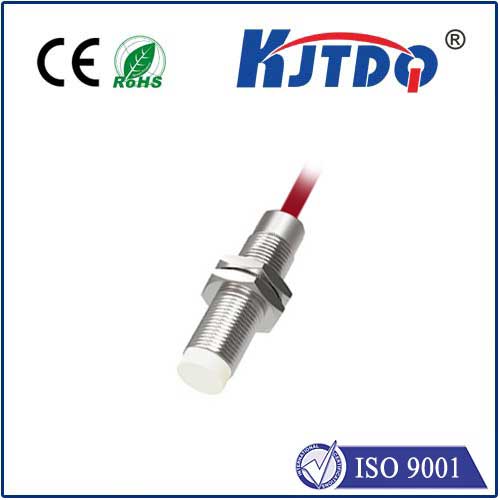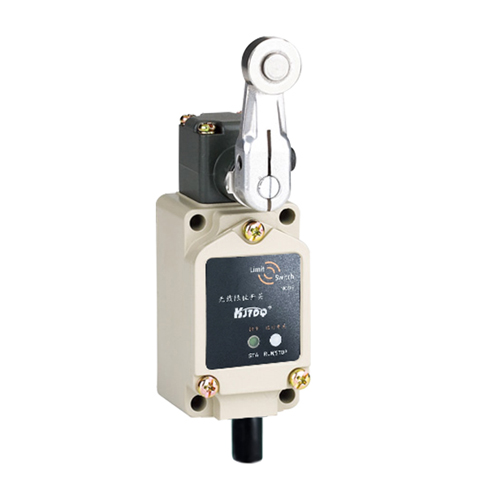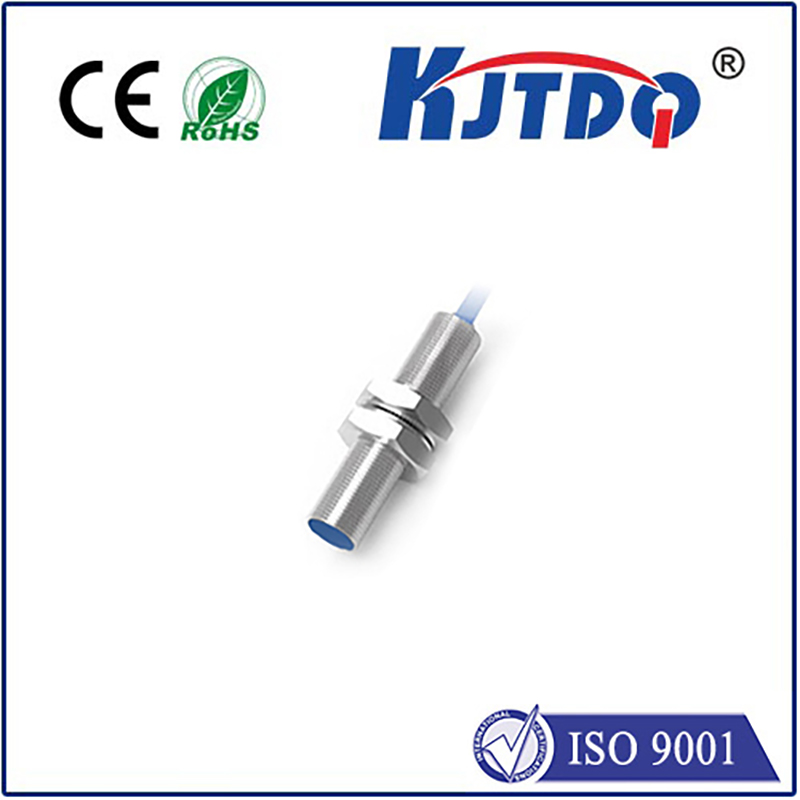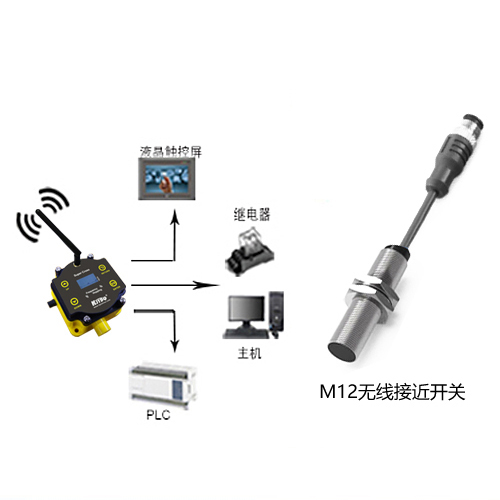cmos laser sensor distance
- time:2025-09-13 00:00:08
- Click:0
Beyond the Beam: How CMOS Laser Sensors Master Distance Measurement
CMOS Laser Sensors: The Precision Behind Modern Distance Measurement
Look around. That smartphone elegantly switching focus in portrait mode, the warehouse robot seamlessly navigating narrow aisles, the drone hovering steadily above ground – what unseen technology empowers this spatial awareness? Often, the answer lies in compact, sophisticated sensors combining a laser light source with a CMOS imaging sensor. These CMOS laser distance sensors are revolutionizing how machines and devices perceive and interact with the physical world by providing fast, accurate, and non-contact distance measurement. This article delves into the fascinating mechanics and diverse applications of this pivotal technology.
Understanding the Core Fusion: Laser + CMOS
At its heart, a CMOS laser distance sensor integrates two key components:

- Laser Diode: Emits a focused beam of coherent light (typically infrared for safety and reliability, sometimes visible red for alignment). This laser serves as the sensor’s “measuring tape.”
- CMOS Image Sensor: Acts as the sensitive “eye” capturing the laser’s interaction with the target. Unlike older CCD sensors, CMOS (Complementary Metal-Oxide-Semiconductor) sensors are highly integrated, low-power, cost-effective, and offer fast readout speeds – making them ideal for real-time applications.
The magic happens in how the sensor interprets the laser light’s return journey to calculate distance. Two dominant principles are employed:
- Triangulation Principle: This method is prevalent for short to medium ranges (millimeters to several meters). The laser diode projects a spot onto the target. The reflected light bounces back, striking the CMOS sensor at a specific position relative to the emitter.
- How Distance is Calculated: Geometry is key. As the target distance changes, the angle at which the reflected light enters the sensor’s lens changes, causing the laser spot’s image to shift position on the CMOS pixel array. The sensor’s internal processor precisely measures this displacement. Using known angles and distances within the sensor (the baseline between emitter and receiver lens), it applies trigonometric calculations to determine the target distance with remarkable accuracy. Triangulation sensors excel in high-resolution, close-range measurement tasks.
- Time-of-Flight (ToF) Principle: For longer ranges (up to hundreds of meters, depending on power and conditions), the Time-of-Flight method is often used. Here, the sensor measures the time it takes for a short pulse of laser light to travel to the target and back.
- How Distance is Calculated: Knowing the constant speed of light (c ≈ 3x10^8 m/s), the distance (d) is calculated using the simple formula:
d = (c * t) / 2 (divided by 2 as the light travels to the target and back). CMOS sensors in ToF systems are often specialized arrays capable of detecting the phase shift or precisely timing the return pulse. While potentially less precise at very close ranges than triangulation, ToF CMOS sensors offer speed and robust performance over longer distances.
Why CMOS Laser Sensors Dominate
The fusion of laser source and CMOS imager offers compelling advantages over alternative sensing technologies (like ultrasonic or traditional optical encoders):
- High Precision & Accuracy: Capable of resolutions down to micrometers (μm) in triangulation setups and centimeters or better in ToF, even over significant distances. The focused laser spot and advanced CMOS pixel sensitivity enable this fine detail detection.
- Non-Contact Measurement: Essential for measuring delicate, moving, hot, or inaccessible objects without inducing wear or distortion. Distance is measured remotely, enhancing safety and sensor longevity.
- Fast Response Time: CMOS sensors provide rapid data readout, combined with the speed of light. This enables real-time distance tracking for high-speed processes, robotics, and dynamic systems. Measurements are often taken thousands of times per second.
- Compact Size & Low Power: Leveraging semiconductor integration, these sensors are incredibly small and energy-efficient, making them perfect for integration into consumer electronics, portable devices, and space-constrained industrial equipment.
- Robustness & Reliability: Solid-state designs with no moving parts offer excellent resistance to vibration and shock. Performance is relatively stable across varying ambient light conditions compared to passive optical sensors.
Diverse Applications: Where Precision Distance Matters
The unique capabilities of CMOS laser distance sensors make them indispensable across numerous sectors:
- Consumer Electronics: Enabling autofocus in smartphone cameras (often via triangulation), proximity sensing (screen on/off), gesture recognition, and augmented reality experiences.
- Industrial Automation & Manufacturing: Used for precise positioning of robotic arms, monitoring fill levels in tanks, controlling material thickness in production lines, assembly verification, and quality inspection. Triangulation sensors are workhorses on factory floors.
- Robotics & Autonomous Systems: Essential for obstacle detection, navigation, terrain mapping (SLAM - Simultaneous Localization and Mapping), and collision avoidance in AGVs (Automated Guided Vehicles), drones, and service robots. ToF sensors often excel here for their range and speed.
- Logistics & Warehousing: Powering dimensioning systems that measure package sizes for shipping cost calculation, guiding forklifts, and optimizing warehouse inventory management.
- Building & Construction: Facilitating accurate leveling, alignment tasks, and surveying work with handheld laser distance meters (often using phase-shift ToF).
- Automotive: Integral to Advanced Driver-Assistance Systems (ADAS) like adaptive cruise control and automated emergency braking, largely achieved through LiDAR (Light Detection and Ranging) systems built upon advanced ToF CMOS arrays.
The Future is Sharp and Speedy
CMOS laser sensor technology continues to evolve rapidly. We are seeing advancements in:
- Increased Integration: More sophisticated processing directly on the sensor chip (System-on-Chip, SoC).
- Higher Resolution Sensors: Finer pixel pitches enabling even greater measurement precision.
- Reduced Power Consumption: Extending battery life in portable devices.
- Improved Algorithms: Enhanced noise filtering, better ambient light rejection, and faster processing using AI/ML techniques.
- Multi-Pixel & Array Solutions: Enabling single sensors to measure multiple points or even create rudimentary 3D profiles simultaneously.
The combination of the fundamental physics governing light, the relentless innovation in semiconductor manufacturing (CMOS), and sophisticated signal processing ensures that CMOS laser distance sensors will remain at the cutting edge of spatial perception, driving progress in automation, robotics, safety, and countless intelligent technologies that shape our interaction with the physical world. Their ability to deliver rapid, precise, and non-contact distance data makes them an invisible yet essential engine of the modern technological landscape.






